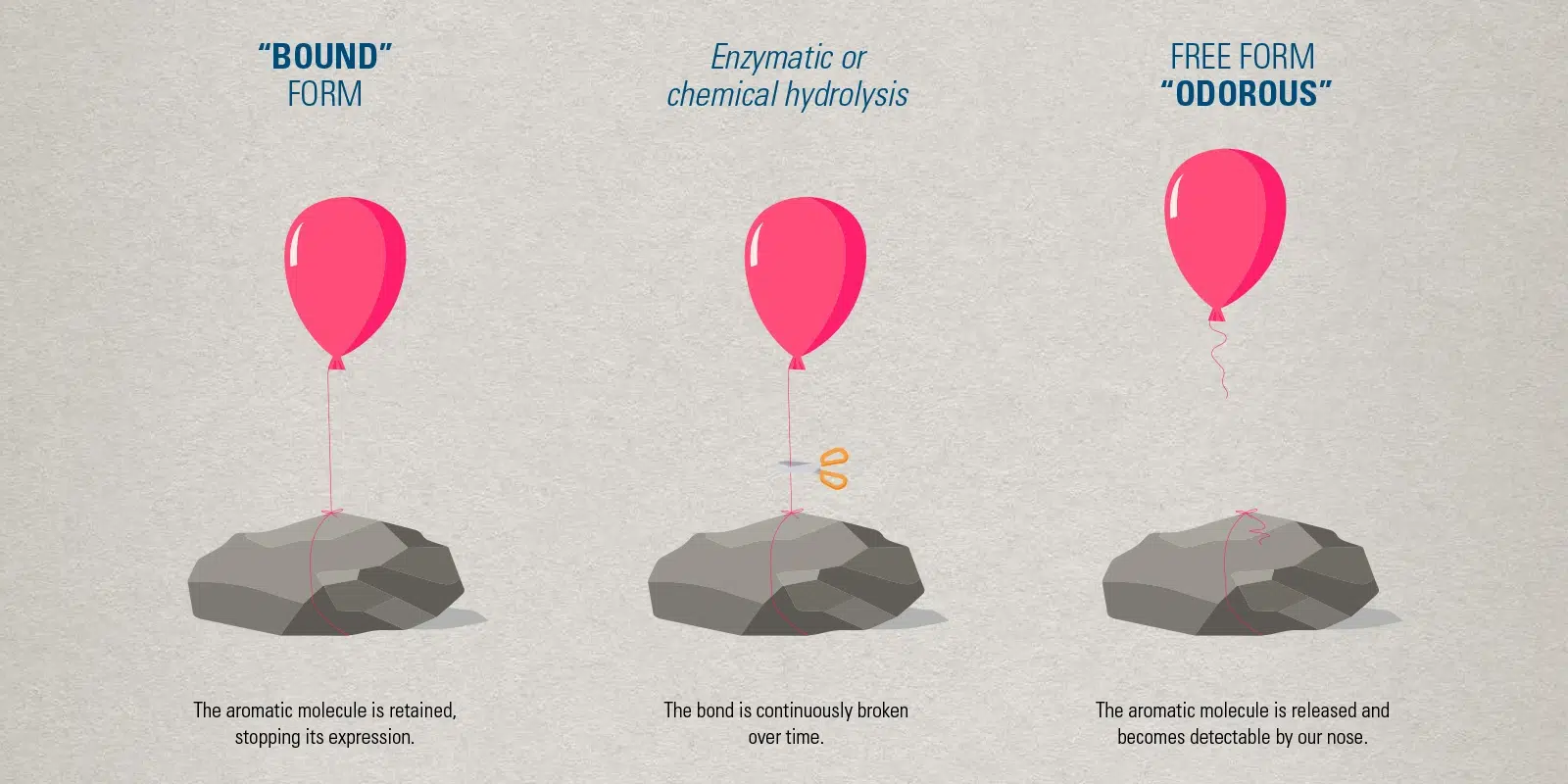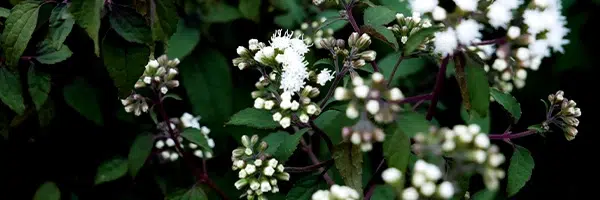The aromatic power of terpenes
Terpenes are hydrocarbons, meaning compounds containing only carbon and hydrogen atoms with a number of carbon that may vary between ten and thirty. In particular, there are monoterpenes with 10 carbon atoms. Terpenols are sometimes referred to when an oxygen atom replaces a carbon or hydrogen atom. Monoterpenes and terpenols are the most involved compounds in the floral aroma, and are initially present in plants or cereals.








